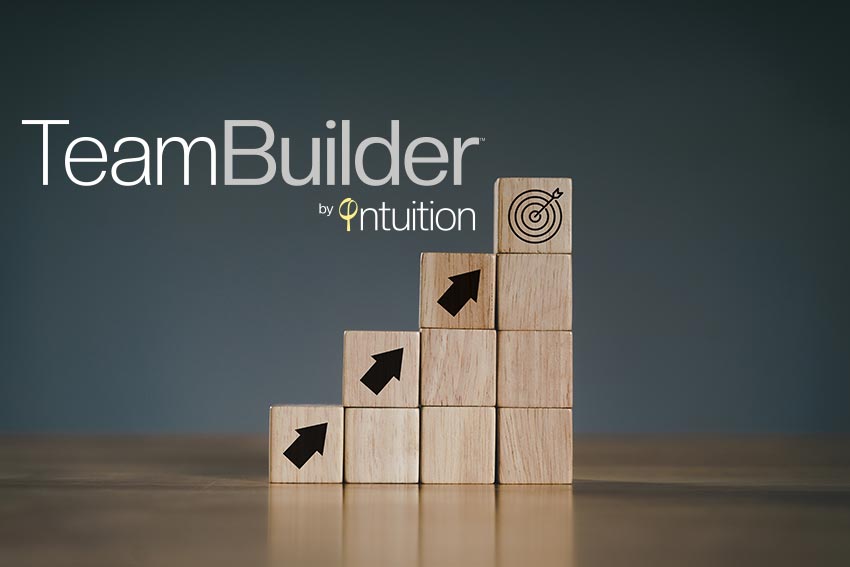Changing Your Mindset for the Better
In stressful times, it’s easy to let your thoughts and emotions spiral out of control. That doesn’t just leave you feeling worse mentally, but also physically—it takes a serious toll on your body.
That’s why Tallia Deljou, a positive psychology expert and personal development coach, recently led a virtual training for Intuition to help viewers change their mindset for the better. And the key to doing so? One of her go-to techniques is going through a series of steps that starts with you realizing that the way you’re thinking can be changed for the better.
“The mindset is a choice, so we’re essentially learning how to make better choices and train the way our minds tend to think about things,” she says. “When you think a little bit better, you can feel better and you start to change your behaviors and feel more in control. Mastering your mindset can also help you get out of the repetitive, almost groundhog-like tendencies that many of us fall into.”
Whether you’re navigating through a stressful time or simply want to alter the way you think on a day to day basis, here are Deljou’s steps to work through in order to change your mindset for the better. “This is how we break down the formation of a mindset, the power of a mindset, and how to start working with it and mastering it,” she says.
How to Change Your Mindset in 5 Steps
1. Circumstance
According to Deljou, everything begins as a neutral circumstance—it’s not bad or good. “Then, your mind creates a thought about the circumstance,” she says. That’s when you run into some trouble.
2. Thought
Next, comes the thought you make about that circumstance. “Let’s say the circumstance is a lot of people are losing jobs. Subconsciously, many of us will feel afraid and anxious. You go down a rabbit hole of all the things that are going to happen to you and the people you love,” she says. “None of it is based in fact yet—it’s just based in these thoughts. It snowballs into this big, messy, situation.”
The key at this point is to recognize the thought you immediately attached to the circumstance, whatever it may be, and what that thought now is in terms of a feeling.
3. Feeling
If you’re feeling certain emotions, Deljou says it’s probably stemming from a thought you’re thinking. “If you want to unravel and really start to break down and understand what your mindset around certain things is, look at how you’re feeling. If you’re feeling anxious, there’s a thought in your mind that’s creating that anxiety,” she says.
Deljou says you want to look at the thought and redesign it, creating a thought that’s “based in truth and more certainty” in order to become a master of your mindset.
4. Action
Next, Deljou says to pinpoint the action—whatever it is you want to do—then ask yourself how you need to feel. You want to figure out what the emotion is that’s going to lead you into a place of inspired action.
“The whole point in mastering your mindset is that you don’t just start to feel more in control of the thoughts and the feelings, but that you actually move into a place of action,” she says. “The things that stop us from moving forward and taking action are the thoughts in your head.”
5. Result
All in all, in order to get the result you want, you have to start changing the way you’re thinking. Because if you’re thinking the same things, feeling the same things, and doing the same things, Deljou says you’ll just keep seeing the same results.









